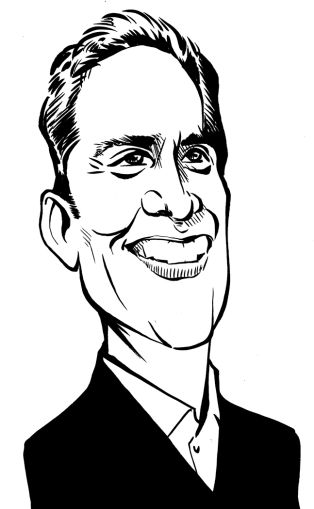Building a Better Brokerage Team
By Rod Santomassimo December 8, 2017 1:57 pm
reprints
There is no greater plague on production than hiring the wrong team member. Sometimes a new addition isn’t everything an employer thought he or she would be—and sometimes they’re much worse. Besides a reduction in productivity, a wrong hire can impact morale and the work environment. After decades of working with top-producing individuals and commercial real estate teams, I wanted to better understand the key personality traits that separate highly productive teams from their average counterparts.
What steps were these successful teams taking to ensure they were hiring the right candidate when they filled a vacancy while others brought on a bad apple and then had to deal with the repercussions? The answer lies in analytics.
There are several analysis and profiling instruments out there, however at my firm—the Massimo Group—we leverage the behavioral assessment system Activity Vector Analysis (AVA). Additionally, we worked with outside consultants to develop a customized assessment for individuals and teams in the commercial real estate industry.
AVA evaluates people’s behavioral tendencies on four vectors: assertiveness, sociability, calmness and conformity.
We applied this model to scores of commercial real estate teams. One finding was that the simple addition of a single member can have a profound impact on the team’s production, both positively and negatively.
Here’s a perfect example of how one plus one can sometimes equal one minus one: We worked with a dynamic, independent Northeast-based investment team that focuses on retail and office properties with half their clients in their local market.
The early stages of the group started out like many others: Two or more producers have an idea of creating a team, maybe breaking away from a national company and feeling they can do it better; they want to be their own boss! Initially, the team consisted of a senior team leader, a senior peer, a midcareer associate and an administrator.
Their AVA profile suggested that everyone is assertive, situationally social, most likely fast paced, very responsive and situationally structured and conforming. Remember, the team pattern is based on a composite of the natural behaviors of the individual members.
The good news is that this nonleader partner understands her role and is best positioned as a fulfiller of the business. Yes, she tends to be assertive and not very calm, but she is generally structured, and this initially afforded the team ability to service the accounts they procured.
The senior leader partner and midcareer associate provided the team with the horsepower to find and win business. Their admin tends to be very conservative, moderately to less social, moderately calm and very structured—a very good fit for the administrative position and personality match for this team.
The team was handling more business than before, and the decision was made to add to the team, specifically, to hire another individual to find leasing opportunities to complement their already strong investment practice. This time, however, they decided to hire based on gut feel, versus the previously more comprehensive approach. They found a man who had the experience in sales outside of commercial real estate and brought him on board.
Unfortunately, this person did not work out as planned. As he experienced more of the requirements of the role and the responsibilities of the business development work, he became more uncomfortable with the position and the senior leader grew more disenchanted with him. This new hire was put in a position where he was not naturally comfortable. The emotional energy to prospect for new business was too much to perform at a high level and do so consistently. On subsequent application of the AVA, we found this new employee was generally not assertive and tended to be more structured—hardly the ideal profile for somebody responsible for drumming up new business.
The team overall became less assertive, less social and more structured. That was not the objective when adding to this team. This new hire gobbled up the team’s momentum instead of adding to it!
The senior leader was expecting a flurry of new business to come from this new hire. It was never going to happen. This was a mismatch from the start. The problem was that this new hire not only lacked the natural behaviors to excel in the position and its associated responsibilities, but he also didn’t have the experience to leverage this mismatch.
The team terminated this wrong hire and decided to return to its original size; they continue to flourish in investment sales and service not only a greater number and higher quality of opportunities. They are a self-sustaining team once again!
Assessment tools combined with a good perspective can and should be applied when considering adding to your team. Remember, however, dominant teams are not only built on “the right people.” Strong leadership, the right structure, effective communication systems and a consistent, appealing culture all have significant impact on molding a team that will attain and maintain their market dominance.
Rod Santomassimo is the founder and president of the commercial real estate coaching business the Massimo Group.


